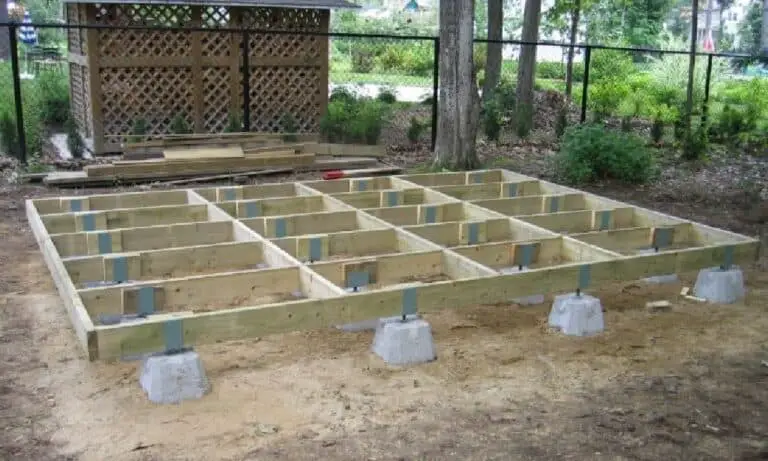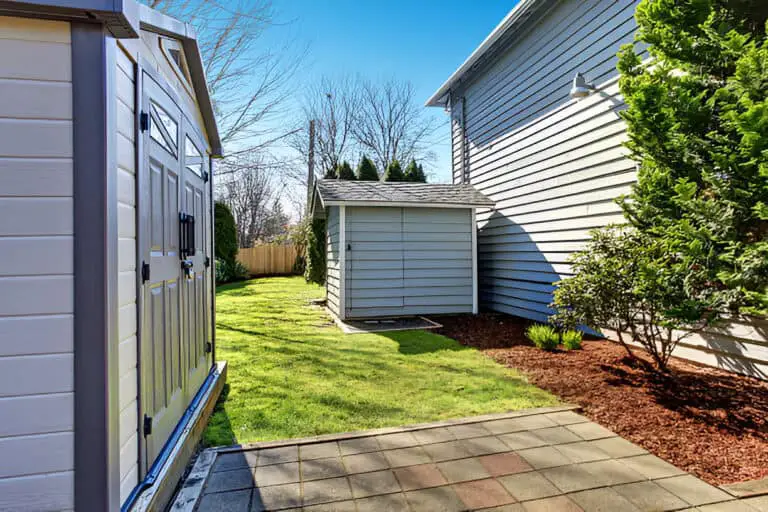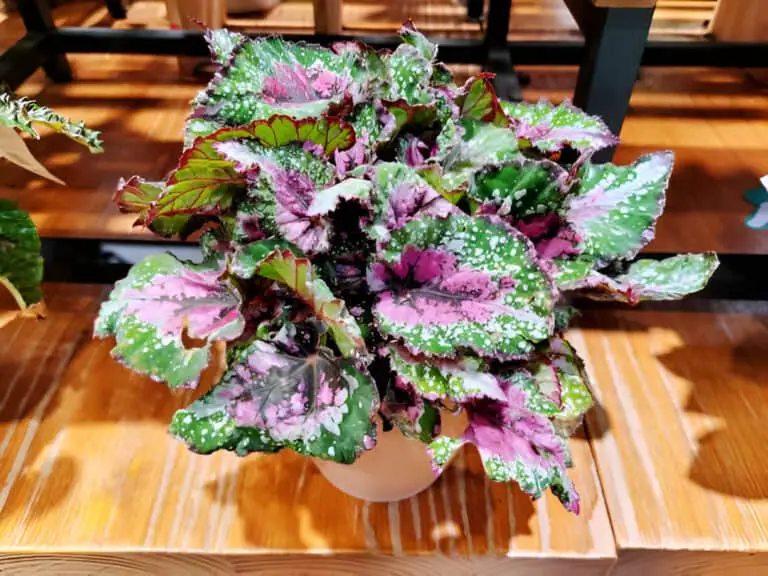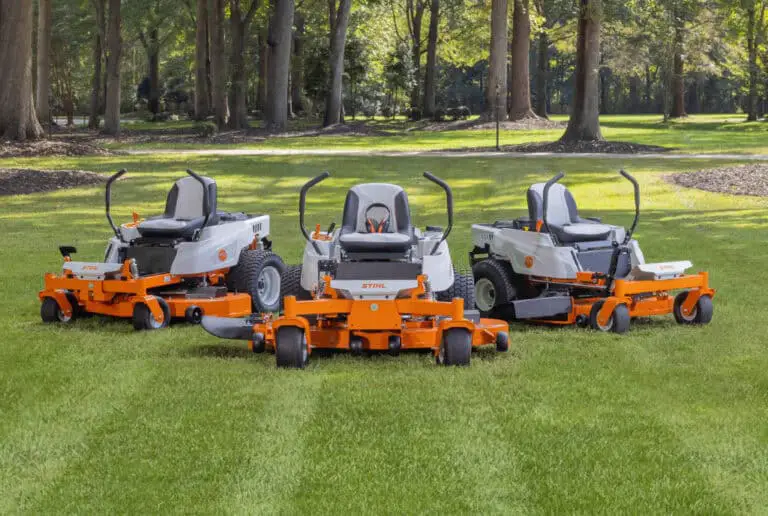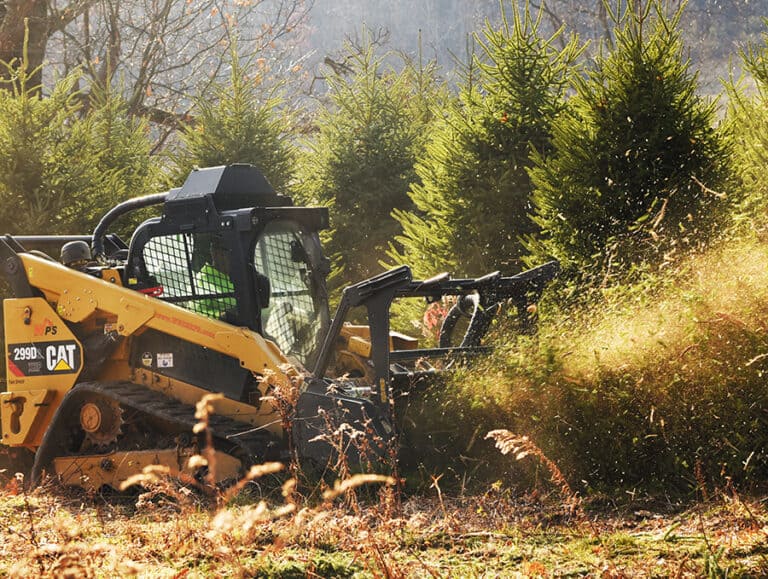Forestry Mulcher vs Brush Cutter vs Dozer: Comparison for Land Clearing
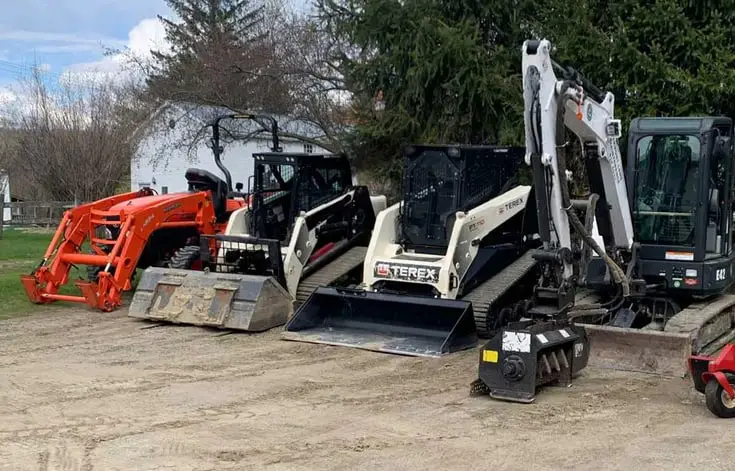
When it comes to land clearing, there are several options available, but not all are created equal. Forestry mulchers, brush cutters, and dozers each have their own unique strengths and weaknesses. Choosing the right tool for the job can make all the difference in terms of efficiency, safety, and cost-effectiveness.
A forestry mulcher is a powerful machine that grinds up trees, stumps, and other vegetation into small pieces. Brush cutters, on the other hand, use a blade or string trimmer to cut through thick vegetation like bushes and small trees. A dozer, also known as a bulldozer, uses a large blade to push debris out of the way.
Each machine has its own set of advantages and disadvantages, and understanding them can help you make an informed decision about which one to use for your land clearing project.
In this article, we’ll take a closer look at the differences between forestry mulchers, brush cutters, and dozers, and provide a detailed comparison to help you choose the right tool for your land clearing needs. We’ll also cover some important factors to consider when making your decision, such as cost, efficiency, and safety. Whether you are a professional land manager or just like to do things yourself, this article will help you learn more about land clearing equipment.

Overview of Forestry Mulchers, Brush Cutters, and Dozers
Forestry mulchers, brush cutters, and dozers are three different types of land clearing equipment that are commonly used in agriculture, forestry, construction, and other industries. Each of these machines has a unique purpose and design that makes it well-suited for specific tasks.
Forestry mulchers are designed to grind up trees and vegetation into small chips or mulch. They are usually used in forestry and land management jobs where large areas of land need to be cleared quickly and efficiently. Forestry mulchers can also be used to make fire breaks, keep hiking and biking trails in good shape, and do other tasks related to taking care of plants.
Brush cutters are usually used to clear smaller areas of land or to keep the plants around buildings and other structures in good shape. They are designed to cut through thick brush and other dense vegetation, making them ideal for clearing fence lines, power lines, and other areas where access is limited.
Dozers, also known as bulldozers, are large, heavy-duty machines that are designed to push and move large amounts of earth and other materials. They are often used in projects like building, digging, clearing land, and working in forests. Dozers can be used for leveling and grading land, creating roads and paths, and moving large quantities of soil, sand, and other materials.
Different Types of Mulchers, Cutters, and Dozers
There are several different types of forestry mulchers, brush cutters, and dozers available on the market. Some of the most common types include:
- Forestry mulchers: Wheeled mulchers, tracked mulchers, excavator mulchers, and skid steer mulchers
- Brush cutters: Walk-behind brush cutters, handheld brush cutters, and tractor-mounted brush cutters
- Dozers: Crawler dozers, wheeled dozers, and mini dozers
Each type of equipment has its own unique features and capabilities, and the type of equipment that is best suited for a particular project will depend on the specific requirements of the job. For example, a tracked forestry mulcher might be the best choice for clearing a large area of wooded land, while a handheld brush cutter might be better for clearing around a small building or structure.
Performance Comparison of Mulchers, Cutters, and Dozers
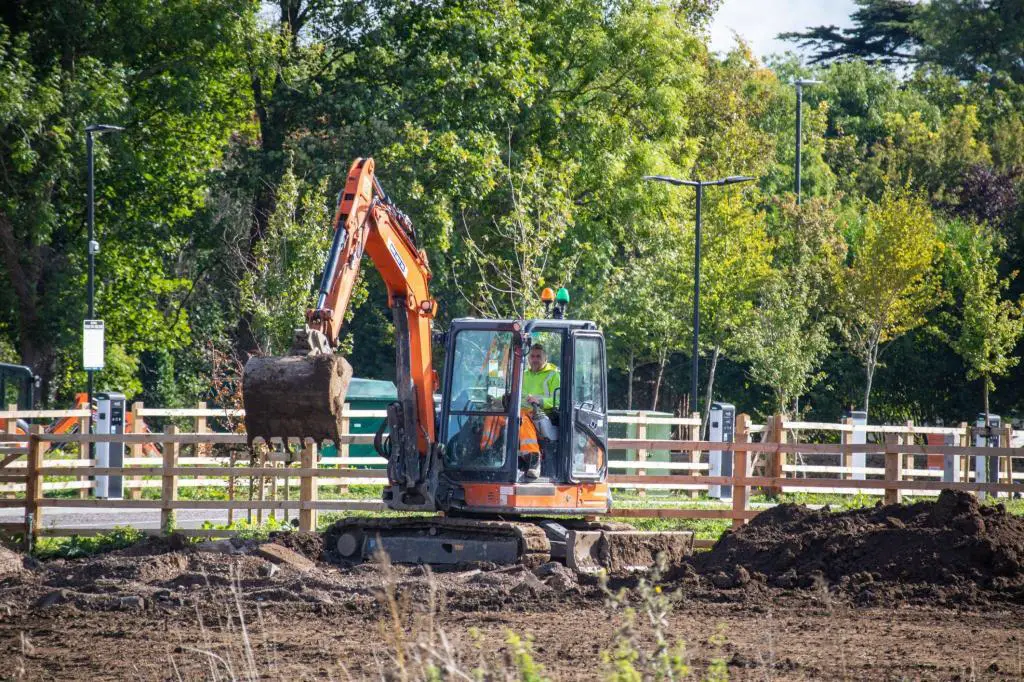
When comparing forestry mulchers, brush cutters, and dozers, there are several performance factors to consider. Here are some key performance factors to compare:
Efficiency and Speed
Most people think that forestry mulchers are the fastest and most effective way to clear large areas of land with thick vegetation. They can clear large trees and dense brush in a matter of seconds, making them ideal for large-scale forestry mulching land clearing projects.
Most of the time, brush cutters are slower and less effective than mulchers. However, they can still clear thick brush and small trees. Most of the time, walk-behind brush cutters work faster and better than handheld or tractor-mounted brush cutters.
Dozers are usually slower than both forestry mulchers and brush cutters, but they can still move large amounts of earth and other materials. They can be used for leveling and grading land, creating roads and paths, and moving large amounts of soil.
Cost and Maintenance
Forestry mulchers are typically the most expensive option, both to purchase and to maintain. They need to be taken care of regularly, like having the cutting teeth sharpened and the blades replaced when they get worn. But because they work quickly and efficiently, they are often thought to be a good investment for large-scale land clearing projects.
Brush cutters are generally less expensive than forestry mulchers, and they require less maintenance. They usually only need to have the blades sharpened or the cutting line replaced once in a while.
Dozers are generally the least expensive option, both to purchase and to maintain. They need regular maintenance, like oil changes and regular checks, but in general, they last longer and need less maintenance than mulchers or brush cutters.
Versatility and Adaptability
Forestry mulchers are usually the least flexible option because they are mostly used to clear land and manage plants. But some mulchers can be changed to be used for other things, like making fire breaks or keeping up hiking trails.
Brush cutters are generally more versatile than mulchers, as they can be used for a wider range of vegetation management tasks. They can be used to clear fence lines, power lines, and other areas where access is limited.
Dozers are the most flexible choice because they can be used for a wide range of tasks, such as clearing land, leveling, and digging. They can also be fitted with rippers, blades, and rakes, among other things, to make them better for certain jobs.
| Performance Factor | Forestry Mulcher | Brush Cutter | Dozer |
| Efficiency and Speed | Fastest and most efficient for clearing large areas with heavy vegetation | Slower than mulchers, but effective at clearing thick brush and small trees | Slower than both mulchers and brush cutters, but effective at moving large quantities of earth and other materials |
| Cost | Typically the most expensive option, both to purchase and to maintain | Less expensive than mulchers, but still requires maintenance | Generally the least expensive option, both to purchase and to maintain |
| Maintenance | Requires regular maintenance, including sharpening the cutting teeth and replacing blades when they become worn | Typically only requires occasional sharpening of the blades or replacement of the cutting line | Requires regular maintenance, such as oil changes and routine inspections, but generally more durable and require less frequent maintenance than mulchers or brush cutters |
| Versatility and Adaptability | Primarily designed for land clearing and vegetation management, but can be adapted for other applications | More versatile than mulchers, can be used for a wider range of vegetation management tasks | Most versatile option, can be used for a wide range of applications, and can be fitted with a variety of attachments to adapt for specific tasks |
Environmental Impact
When comparing forestry mulchers, brush cutters, and dozers, it is important to consider their impact on the environment. Here are some key environmental impact factors to compare:
Soil Disturbance and Erosion
Forestry mulchers and brush cutters are generally considered to be less damaging to soil than dozers, as they do not dig into the ground or move large amounts of soil. However, both mulchers and brush cutters can still cause some soil disturbance and erosion, especially if used on steep slopes or in sensitive areas.
Dozers are more likely to cause significant soil disturbance and erosion as they can dig into the ground and move large amounts of soil. This can cause erosion and soil compaction, which can damage the soil and affect plant growth.
Tree and Vegetation Preservation
Forestry mulchers and brush cutters are usually made to clear away unwanted plants and trees while leaving good ones alone. This is done by using cutting heads that are made to avoid hurting plants that are good for the environment.
Dozers, on the other hand, are usually used to clear larger areas of land and are not as picky about the plants they take out. This can lead to the removal of trees and plants that are good as well as those that are bad.
Impact on Wildlife
Most people think that forest mulchers and brush cutters are better for wildlife than dozers because they don’t make as much noise and disturbance. They are also more likely to keep wildlife habitats and food sources by only clearing certain plants.
Dozers can be more harmful to wildlife, as they create a lot of noise and disturbance and are less selective in the vegetation they remove. This can disrupt habitat and food sources for wildlife and lead to displacement or even the death of animals.
Overall, all three types of equipment have some effect on the environment, but forestry mulchers and brush cutters are thought to be less harmful than dozers in terms of soil disturbance, trees and plants, and wildlife.
Operational Considerations
In addition to performance and environmental impact, there are several operational considerations to take into account when comparing forestry mulchers, brush cutters, and dozers.
Equipment Size and Mobility
Forestry mulchers and brush cutters are generally smaller and more mobile than dozers, which makes them better suited for working in tight spaces or on uneven terrain. They are also easier to move to and from job sites, which is an important factor for contractors who have to move equipment often.
Dozers, on the other hand, are larger and less mobile than mulchers and brush cutters, which makes them better suited for large-scale land clearing projects where mobility is less of an issue.
Safety and Operator Training
All three types of machinery need to be run by skilled people who have been trained in how to do it safely. In addition to general safety training, people who operate forestry mulchers, brush cutters, and dozers should get training that is specific to the type of equipment they will be using.
Most people think that forest mulchers and brush cutters are safer than dozers because they don’t have as much mass or momentum and are less likely to hurt someone or cause damage in an accident.
Noise and Dust Control
Forestry mulchers and brush cutters can make a lot of noise and dust, which can be a problem for people and businesses who live or work nearby. Some models of mulchers and cutters are equipped with noise and dust suppression features, which can help mitigate these issues.
Dozers can also make a lot of noise and dust, especially when they are used in dry or dusty places. Operators of all kinds of equipment should take steps to reduce noise and dust, such as using dust suppression systems and working when there aren’t as many people around.
Choosing the Right Option
When choosing between forestry mulchers, brush cutters, and dozers, there are several things to think about, such as the job’s needs, the size and location of the work site, and the budget.
Factors to Consider
When choosing between forestry mulchers, brush cutters, and dozers, it’s important to think about the size of the project, the type of vegetation that needs to be cleared, the terrain and access of the work site, and the size of the project.
Cost-Benefit Analysis
A cost-benefit analysis should be performed when comparing forestry mulchers, brush cutters, and dozers. The analysis should take into account how much it costs to buy or rent the equipment, as well as how much it costs to run and maintain the equipment, and how long it is expected to last.
Expert Recommendations
When choosing between forestry mulchers, brush cutters, and dozers, it’s important to get advice from experts. This can include talking to the people who make or sell the equipment as well as experienced contractors or other professionals in the field.
In addition to these things, it’s also important to think about how well each type of equipment works, how it affects the environment, and how it works.
Conclusion
In conclusion, when choosing between forestry mulchers, brush cutters, and dozers, it’s important to carefully think about things like the needs of the job, the cost-benefit analysis, and the advice of experts. Taking into account performance, how the equipment will affect the environment, and how it will be used can also help choose the right equipment for the job.

